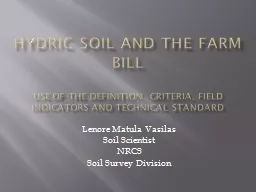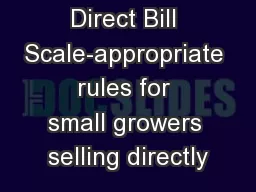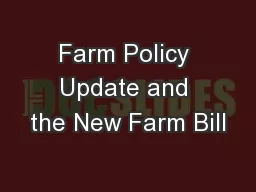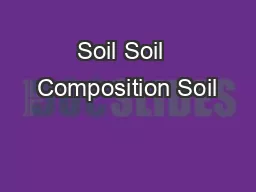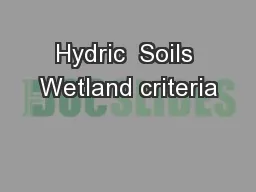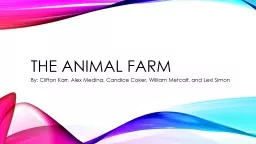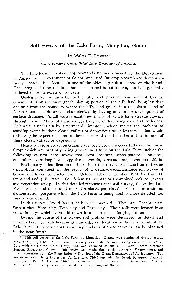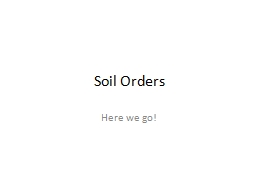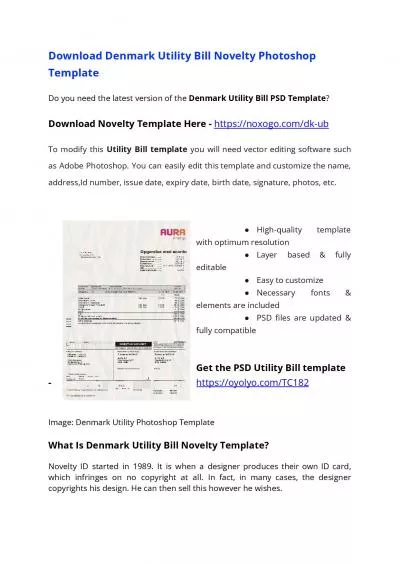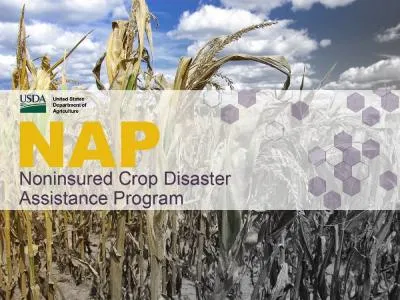PPT-Hydric Soil AND THE FARM BILL
Author : conchita-marotz | Published Date : 2016-06-21
Use of the Definition Criteria Field Indicators and Technical standard Lenore Matula Vasilas Soil Scientist NRCS Soil Survey Division Not Covered Hydrophytic
Presentation Embed Code
Download Presentation
Download Presentation The PPT/PDF document "Hydric Soil AND THE FARM BILL" is the property of its rightful owner. Permission is granted to download and print the materials on this website for personal, non-commercial use only, and to display it on your personal computer provided you do not modify the materials and that you retain all copyright notices contained in the materials. By downloading content from our website, you accept the terms of this agreement.
Hydric Soil AND THE FARM BILL: Transcript
Download Rules Of Document
"Hydric Soil AND THE FARM BILL"The content belongs to its owner. You may download and print it for personal use, without modification, and keep all copyright notices. By downloading, you agree to these terms.
Related Documents

